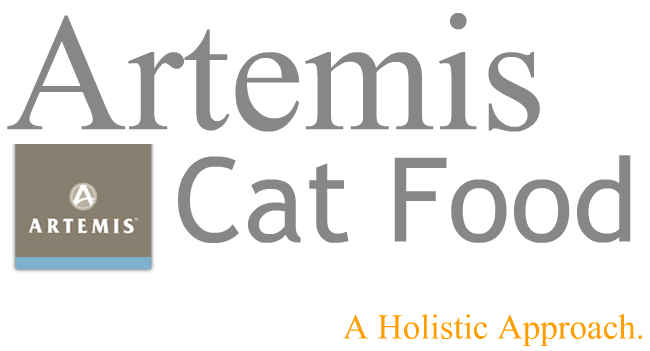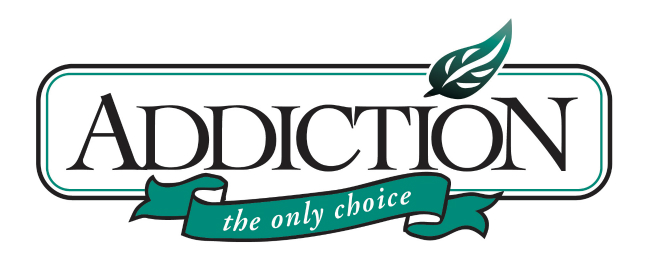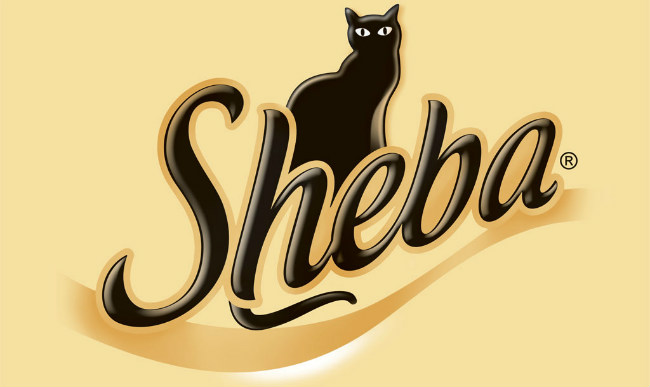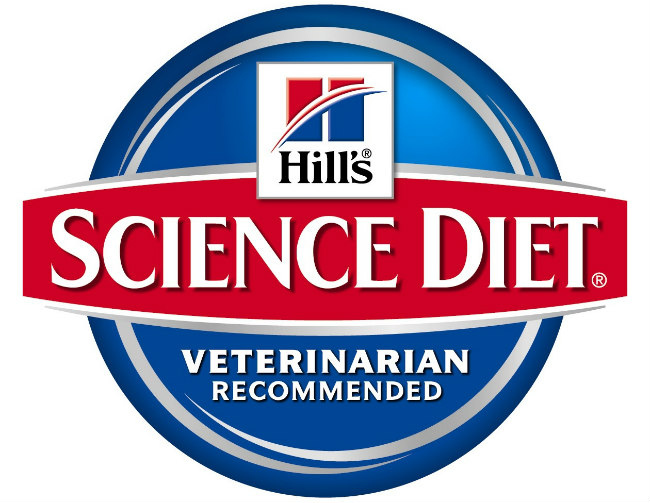Is your cat a sucker for crab and tuna? This Avoderm Tuna and Crab review should help determine if this is the best food for your cat. Finding formulas that are rich in real tuna and crab can be tricky. This is especially so because most cat formula use flavoring instead of real meat. It is very important to ensure you avoid such formulas.
The AvoDerm Company is one of the many companies claiming to offer real tuna and crab formulas. They manufacture the tuna and crab entrée in gravy. According to the company, this formula contains real tuna and crab meat to give your cat optimum protein nutrition. The company also terms this formula as grain free and nutrient rich.
Does this formula really live up to these claims? Read this review to find out.
Ingredients in Avoderm Tuna And Crab Wet Cat Food
Tuna, Tuna Broth, Crab, Sunflower Oil, Tapioca Starch, Guar Gum, Tricalcium Phosphate, Avocado Oil, Potassium Chloride, Taurine, Vitamins (Thiamine Mononitrate, Vitamin E Supplement, Niacin, Riboflavin Supplement, Calcium Pantothenate, Vitamin A Supplement, Folic Acid, Pyridoxine Hydrochloride (Vitamin B6), Menadione Sodium Bisulfite Complex (Source of Vitamin K Activity), Vitamin D3 Supplement, Vitamin B12, Biotin), Minerals (Ferrous Sulfate, Zinc Oxide, Manganese Sulfate, Calcium Iodide, Copper Sulfate, Sodium Selenite), Carrageenan.
These ingredients meet the AAFCO cat formula nutritional guidelines.
An overview of the first 5 ingredients
Tuna
This ingredient is a well known saltwater fish. There is some debate about whether fish products should be included in cat food at all, because cats by nature do not eat much sea food. A lot of cat owners would rather see meat from other animals such as beef, chicken, turkey, or other meat sources. However, tuna does supply a good amount of protein and also contains an excellent amount of omega-3 and omega-6 fatty acids.
Tuna Broth
Like other types of broth in cat food, tuna broth is used as a flavor enhancer and source of moisture. It is considered to be a better ingredient to use than plain water. While not especially nutritious, your cat will probably appreciate the enhanced flavor and there are no known health risks associated with this ingredient.
Crab
Sea food ingredients first became popular in dog food and have recently found its way into cat food as well. Some cat owners prefer to stay away from sea food ingredients because it is not a part of a cats natural diet. Wild cats do not eat crab very often if ever during their lives. However, crab does supply some excellent nutrient sources including healthy fatty acids and proteins. Overall, there is very little to worry about with this ingredient and unless your cat has a unique food allergy to crab, it should provide beneficial nutrients to help your cat live a healthy life.
Sunflower Oil
Tomato pomace is an inexpensive by-product of tomato manufacturing. Effectively, it is what is left over after processing tomatoes for juice, ketchup, soup, etc. In all likelihood, this is the leftovers of what is cleaned off of the floors and other areas of plants that process tomatoes for other purposes. As such, this is probably used more as a flavor enhancer than for nutritional purposes.
Tapioca Starch
Tapioca flour, also known as tapioca starch, is a starchy white flour that has a slight sweet flavor to it. Tapioca flour is an alternative to traditional wheat flours and has a variety of uses in baking. Tapioca is a source of carbohydrate obtained from the roots of the cassava plant (Manihot esculenta), which is indigenous to Latin America. It is not a cereal grain like corn or wheat which have links to food allergies in cats. The benefit to using tapioca in a pet food as the primary carbohydrate source instead of typical grains is tapioca’s biochemical simplicity. Grains are complex in the sense that they contain proteins and other phytonutrients in addition to carbohydrates. Tapioca is just starch – a combination of amylase and amlylopectin. There are no known canine or feline allergies to tapioca, so this is becoming a more common ingredient in many pet foods.
Other ingredients of intrest
Tricalcium Phosphate
Dicalcium phosphate is a compound that is present in bone. It is a calcium salt. Usually, when people break their bones, the need to enrich themselves with this compound in order to help bone regeneration. For cat food, it is mostly used as a part of the processing of the food. While this ingredient sounds scary and doesn’t provide any nutrition for cats, it is considered safe and is usually included in very low levels.
Avocado Oil
Avocado is a pear-shaped fruit that can sometimes be dangerous to pets if the pit is consumed. Obviously when used in cat food, the pit is removed completely. While avocado is toxic to some animals, in dogs and cats, we do not expect to see serious signs of illness. Cat food manufactures will tell you that avocados are nutrient-dense and high in crude fiber. This fruit also contains vitamins A, C and E as well as vitamin B6. Avocados certainly area nutritious, but since cats are obligate carnivores, the nutritional value will be a bit limited. The good news is there doesn’t appear to be any real harm to including avocado and it may even help make the food more palatable.
Carrageenan
This is an additive extracted from red and purple seaweeds, consisting of a mixture of polysaccharides. It is used as a thickening or emulsifying agent in food products. There is still much research being done on this additive and while it is generally considered safe, there is room for caution as carrageenan has produced intestinal damage and ulcers in some animal studies. If you would like more information about the ongoing research of this ingredient, you may reference this research study.
Taurine
Taurine is an essential amino acid that is critical for normal heart muscle function, vision, and reproduction in cats. Since cats are unable to create proper levels of taurine in their body naturally, it must be supplemented in their food. That’s why you’ll see this ingredient listed for so many different cat food blends. For cat foods that contain enough high quality animal based proteins, a taurine supplement may not be needed. However, most cat foods will need to add in additional taurine in the form of a supplement to the food. Even when included as a supplement instead, there is very low to almost zero health risk associated with this ingredient. In fact, a lack of taurine can cause a slew of issues, so it’s very important to make sure your cat is receiving enough taurine in his or her diet.
Is it an allergy triggering formula?
The AvoDerm tuna and crab wet formula is not prone to causing allergic reactions. It doesn’t contain the common allergens found in many other cat formulas. It is, therefore, ideal for cats with food sensitivities.
Ingredients to avoid feeding your cat
Animal by products – One of the worst meat ingredients found in pet food today is animal by product. It’s true that this ingredient provides a very high amount of meat protein that cats need to thrive. However, animal by products are considered to be the lowest form of meat and it isn’t even approved for human consumption. Animal by-products are carcasses and parts of carcasses from slaughterhouses, animal shelters, zoos and veterinarians, and products of animal origin not intended for human consumption, including catering waste. Legally, this ingredient can even contain roadkill or euthanized animals. This ingredient may also contain what is called “4D meat” which is what the USDA (United States Department of Agriculture) calls cattle that is dead, dying, disabled or diseased. This meat is considered unfit for human consumption, but is typically found in many pet food products. This is not something we recommend you feed your cat or any other pet.
Soy, corn and wheat – All three of these ingredients are known allergens for many cats. In addition, many cats have problems digesting these grain based ingredients. Since cats are obligate carnivores, their digestive systems are designed to digest meat and not grains. All of these ingredients will help to boost the protein percentage in cat food, but not all protein is created equally. Cats do not digest plant based proteins in the same way as meat proteins and in fact, gain little to no nutritional value from these grains. Several “grocery store brand” cat foods include these products to keep the price down as it is a cheap filler to help make your cat feel full as well as a cheap way to add protein to the food.
Artificial flavoring – While it might seem obvious, we have some concerns about the use of artificial flavoring in cat food. This ingredient is usually derived petroleum and there have not been many studies done on the effects it has on cats. Unfortunately, artificial flavor can come from a very long list of sources and there is no way we can verify how safe this ingredient is. We generally recommend not feeding your cat any “flavors” even if it is natural flavor. In the case of artificial flavor, we don’t see any benefit to having this included.
None of these ingredients are found in the tuna and crab wet formula.
Conclusion
Based on the ingredients used, the company has done a fairly good job with this formula. This is mostly because it is grain free and contains no artificial ingredients. This makes it deal for all cat types. However the inclusion of ingredients like sunflower oil (amongst top 5 ingredients) and avocado that have no apparent benefit to cats takes its impact down a notch.




 Artemis Pet Food Inc is the name of the company responsible for manufacturing the Artemis Fresh Mix Feline Formula. This company was started in 1988 and is currently headquartered in Hollywood, California. Initially, the company had only a few formulas under its name. However, today the company has expanded its pet formula line to include formulas for cats and dogs. The company has enjoyed quite a bit of success owing to the fact that none of their pet formulas have been recalled. The Artemis brand is not listed on the FDA pet food recall website.
Artemis Pet Food Inc is the name of the company responsible for manufacturing the Artemis Fresh Mix Feline Formula. This company was started in 1988 and is currently headquartered in Hollywood, California. Initially, the company had only a few formulas under its name. However, today the company has expanded its pet formula line to include formulas for cats and dogs. The company has enjoyed quite a bit of success owing to the fact that none of their pet formulas have been recalled. The Artemis brand is not listed on the FDA pet food recall website.






